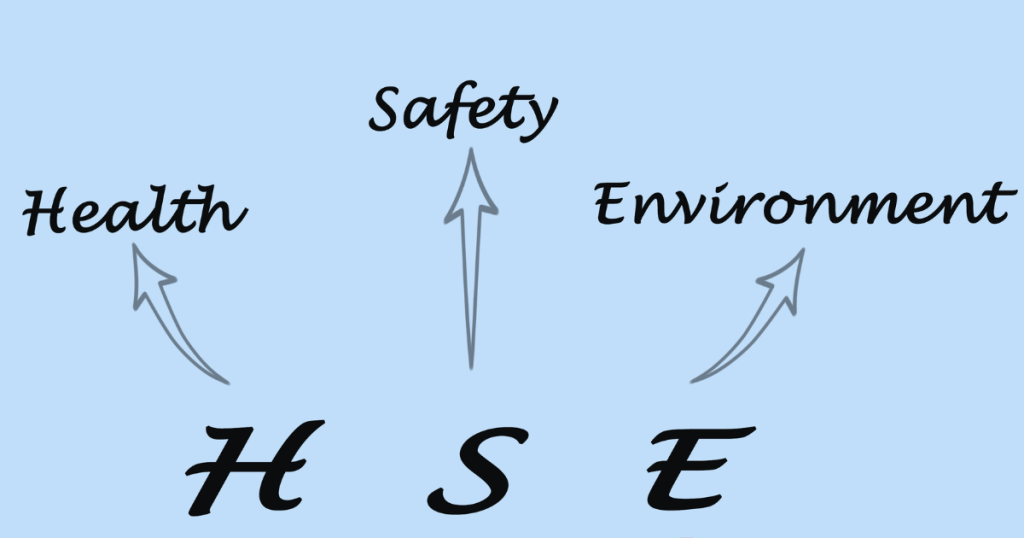Evaluating EHS Audit Programs: How Effective is Yours?
3 min read
This article is included in these additional categories:
Environmental, Health, and Safety (EHS) audit programs are critical for maintaining regulatory compliance, safeguarding employee well-being, and minimizing environmental impacts. However, their effectiveness can vary widely across organizations. Regularly assessing your EHS audit program through internal and external reviews is essential for driving continuous improvement and achieving operational excellence.
What is an EHS Audit?
An EHS audit is a systematic process used to evaluate an organization’s compliance with environmental, health, and safety regulations. It helps identify areas of improvement, mitigate risks, and promote a culture of safety and responsibility. EHS audits are integral to any robust EHS management system and play a vital role in maintaining a safe and compliant workplace.
Evaluating and Enhancing Your EHS Audit Program
Evaluating the effectiveness of your EHS audit program is crucial for maintaining its relevance and impact. Key metrics include compliance rates, incident reductions, and corrective action effectiveness. Regularly reviewing and refining your audit program based on findings, feedback, and emerging best practices can drive meaningful improvements.
EHS audits ensure organizations adhere to environmental, health, and safety regulations. Key components include regulatory compliance, which involves verifying that the organization meets all relevant laws, regulations, and permits. Risk assessments are conducted to identify and evaluate potential hazards within the workplace, while thorough documentation and record-keeping are reviewed to ensure ongoing compliance and track performance. Employee training and competence are also assessed to confirm that staff are adequately prepared to perform their roles safely. Additionally, audits evaluate emergency preparedness by reviewing response plans and procedures, and physical inspections are conducted to identify safety hazards and environmental impacts.
Types of EHS Audits
There are several types of EHS audits, each serving a distinct purpose. Internal teams conduct internal audits to assess current EHS programs and practices, helping identify internal improvement areas. External audits performed by third-party professionals objectively evaluate EHS practices and often uncover risks that internal reviews might overlook. Regulatory agencies conduct compliance audits to ensure that organizations meet all applicable laws and regulations, to prevent legal non-compliance and its associated penalties.
Common Findings in EHS Audits
EHS audits frequently uncover areas needing improvement across various domains. Common environmental findings include improper waste management, air and water quality standards non-compliance, and inadequate chemical storage. Health-related issues often involve exposure to hazardous substances, ergonomic challenges, and insufficient medical surveillance programs. Safety gaps such as lack of fall protection, inadequate emergency preparedness, and poor employee training are typical findings. Finally, audits often reveal documentation and compliance shortfalls, including incomplete records, failure to meet regulatory standards, and inadequate incident reporting and investigation processes. Addressing these findings can significantly enhance workplace safety and ensure regulatory compliance.
Market Trends and Valuation
The global EHS market, valued at approximately $49.3 billion in 2023, is projected to grow at a CAGR of 6.6% from 2024 to 2030. Another estimate suggests the market will increase by $3.93 billion from 2024 to 2028, with a higher CAGR of 9.68%. Key drivers of this growth include heightened government initiatives for regulatory compliance, a focus on risk mitigation, and the adoption of advanced EHS software and solutions. Regionally, North America is led by strict regulations and high safety awareness. Europe experiences significant growth driven by stringent environmental standards, and Asia-Pacific sees expansion fueled by rapid industrialization and evolving regulatory frameworks.
Join Our Webinar: How Effective is Your EHS Audit Program?
To explore the importance of evaluating EHS audit programs further, join our upcoming webinar on September 18. This session will delve into the compelling reasons for regular assessments, methodologies for conducting evaluations, and best practices for reporting findings and addressing improvement opportunities. Gain actionable insights to elevate your EHS audit practices to the next level.
Webinar Highlights:
- Importance of regular EHS audit evaluations
- Key methodologies and standards for effective audits
- Reporting and addressing audit findings for continuous improvement





